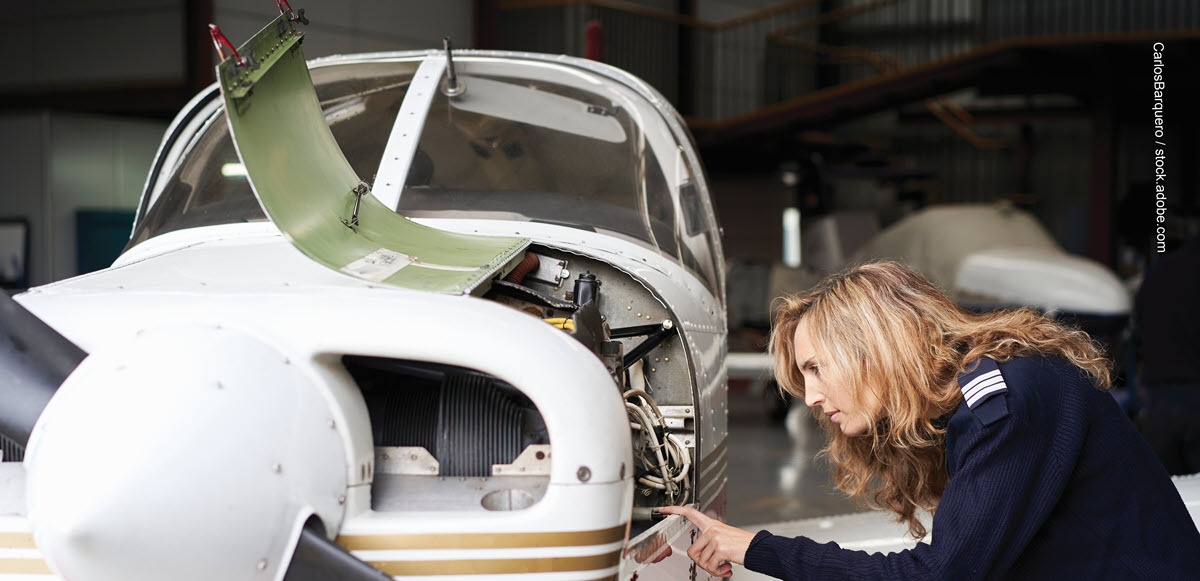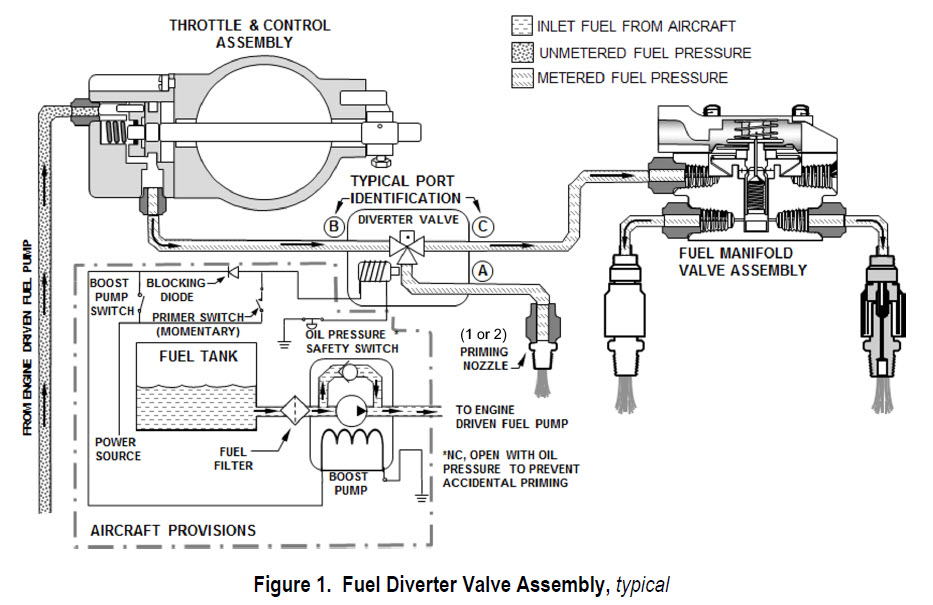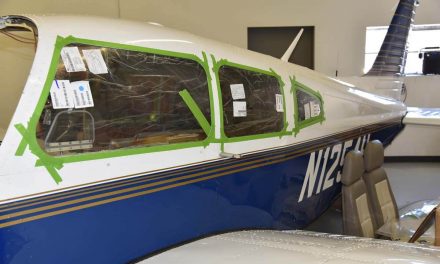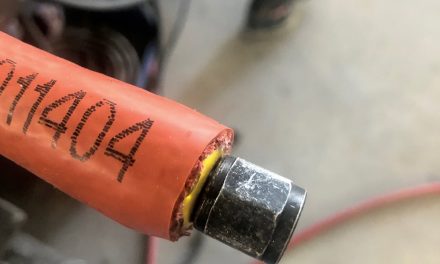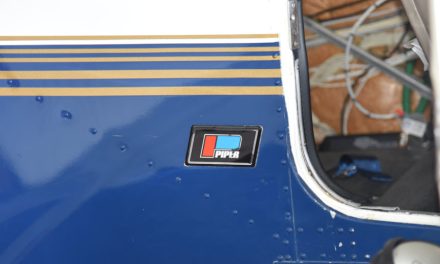By Jerry LeCroy, A&P/IA
Have you ever flown a “test flight”? No? Are you sure about that? Some people in the GA world consider any flight after maintenance a test flight. Their position seems hard to argue with. I know that I always want to take at least a brief check flight after most maintenance. I definitely want to do a flight check before I launch into a trip in IMC after any major maintenance, such as an annual inspection.
Are those “test” flights required by the FAA? In most cases not. But I think there’s a real difference between a maintenance log entry that ends “Ops check satisfactory” and one that reads, “Test flight and operational check satisfactory.” The latter entry seems more comforting.
Although even a flight test isn’t a cure-all, when I perform a flight test, I will generally exercise everything I worked on. If I did work on the gear, I may do three landings, cycling the gear each time. If maintenance was performed on the propeller governor, I’ll check static rpm at run-up, max rpm on the takeoff roll, max rpm in a descent, and rpm stability in climbs and descents. What doesn’t get checked? That would be almost everything that wasn’t worked on. Sadly, maintenance-induced failures (MIFs) can and do happen to components that the mechanic didn’t intend to change.
So, post-maintenance tests make sense, although not required by FARs. FAR Part 43.5, Approval for Return to Service only requires a properly signed logbook entry following maintenance or inspection.
Required Maintenance Test Flights
Are test flights ever required? You betcha. The most common GA test flights for the past five or six years have likely been the performance demonstrations of newly installed ADS-B Out transponders. An ADS-B installation isn’t complete until after the system is ground tested, flight tested, and the in-flight performance logged. The FAA is quite specific about what’s needed. Ground-test requirements are detailed in AC20-165B 4.1. Normally, the installing avionics shop will sign off on the 4.1 requirements.
Section 4.2 of the Advisory Circular provides direction on the required flight testing. Generally, an ADS-B flight test will require at least a one-hour maneuvering flight in “rule” airspace. “In-rule” generally refers to airspace where ADS-B will be required, and those areas usually feature continuous radar coverage. Tables in AC20-165B 4.2 specify the turns, speeds, and ascent/descent rates required during the demonstration flight. I imagine that more than a few GA owners had to repeat ADS-B certification flights because the flight they made failed to color in all of the requirements in AC tables 4, 5, 6, and 7. After the flight test has been performed, the operator is supposed to request a record of the test flight from the FAA. The FAA records ADS-B data and will supply a report that notes any signal drops or other errors during the test. Once the FAA reports a test pass, the operator can write a log entry referring to the successful test. Sign off the log entry and you’re good to go.
The Test Card
What’s the test card? The document used to prepare a single test flight for an aircraft is generally referred to as the “test card,” with one card per flight. The card will consist of a description of the test points to be flown.
Crafting a test card is a method for organizing the test flight so each important airplane or device function is positively verified, none are skipped, and repetitive tests are avoided as much as possible. It’s important that the test card is thorough. You don’t want to learn that the autopilot glideslope coupling doesn’t actually work on a crappy day in IMC, especially if you assume it will work properly and you look away from the flight instruments for a few seconds after glideslope capture was supposed to happen, perhaps to change a comm frequency. That might create a fine opportunity to demonstrate unusual attitude recovery in IMC. The test flight, as guided by the test card, is a crucial safety of flight verification tool.
Who can write a test card? Almost anybody. If you’re lucky and your avionics shop has done a few dozen installations similar to the one you’re buying, they’ve probably developed a pretty good generic test card. If your shop has only done installations on planes with G500 autopilots, and your airplane has a legacy autopilot, then the situation might get a little fuzzier. You might want to read over the Garmin manuals and your autopilot operations manual and try to come up with a flight test plan that will check out how stuff works on your airplane.
In my experience, it’s probably better to have multiple people at least reviewing, if not actually writing, the test card. Pilots with a lot of experience with how the systems work may have a better idea where the “gotchas” are likely to develop and can detail test steps to uncover more esoteric snags. It’s natural that some pilots will be more focused on certain flight segments, and others may be more in touch with the system architecture that needs to be verified.
Is ADS-B the only hardware that requires a flight check after it is installed in your airplane? Of course not! Some TSO’ed parts, like a new compass or wingtip lighting, might not require a signed-off flight test. On the other hand, nearly any installed item that you expect to use for navigation will require a flight test. What makes the flight test required? Generally, a test is required because the FAA-approved Supplemental Type Certificate (STC) calls for compliance with specific installation instructions, and the FAA-approved STC installation manual will prescribe necessary tests.
Adding More Detail to a Basic Test Card
Garmin produced a terrific example of flight test guidance in its installation manual for the GNS 400W series radios. The 430W install manual contains post-installation check sheets, configuration check sheets, a detailed check sheet for ground checks, and a remarkably brief check list for flight checks:
- GPS Checked
- COM Checked (420W and 430W)
- VOR Checked (430W only)
- ILS Checked (430W only)
- Autopilot checked
Only five things to check! How easy is that? Maybe not so easy. If you want to prepare a test card for the 430W, you might expand the above bullets a little. For “VOR checked,” you might want to assemble a detailed test card that could include:
- VOR tuning range good across frequency (to verify the antenna operability)
- VOR Morse identifier audible in headset or speaker
- Signal flag clears on indicator with proper VOR signal
- To/From flags work properly
- OBS accuracy — to a surveyed point or a VOT signal
- Course deviation indications correct
- Autopilot response to course deviations
That one line on the Garmin list might take a few minutes in the air before you can be pretty certain everything is working as planned.
The rest of this article can be seen only by paid members who are logged in.Have a website login already? Log in and start reading now.
Never created a website login before? Find your Customer Number (it’s on your mailing label) and register here.
JOIN HERE
Still have questions? Contact us here.

